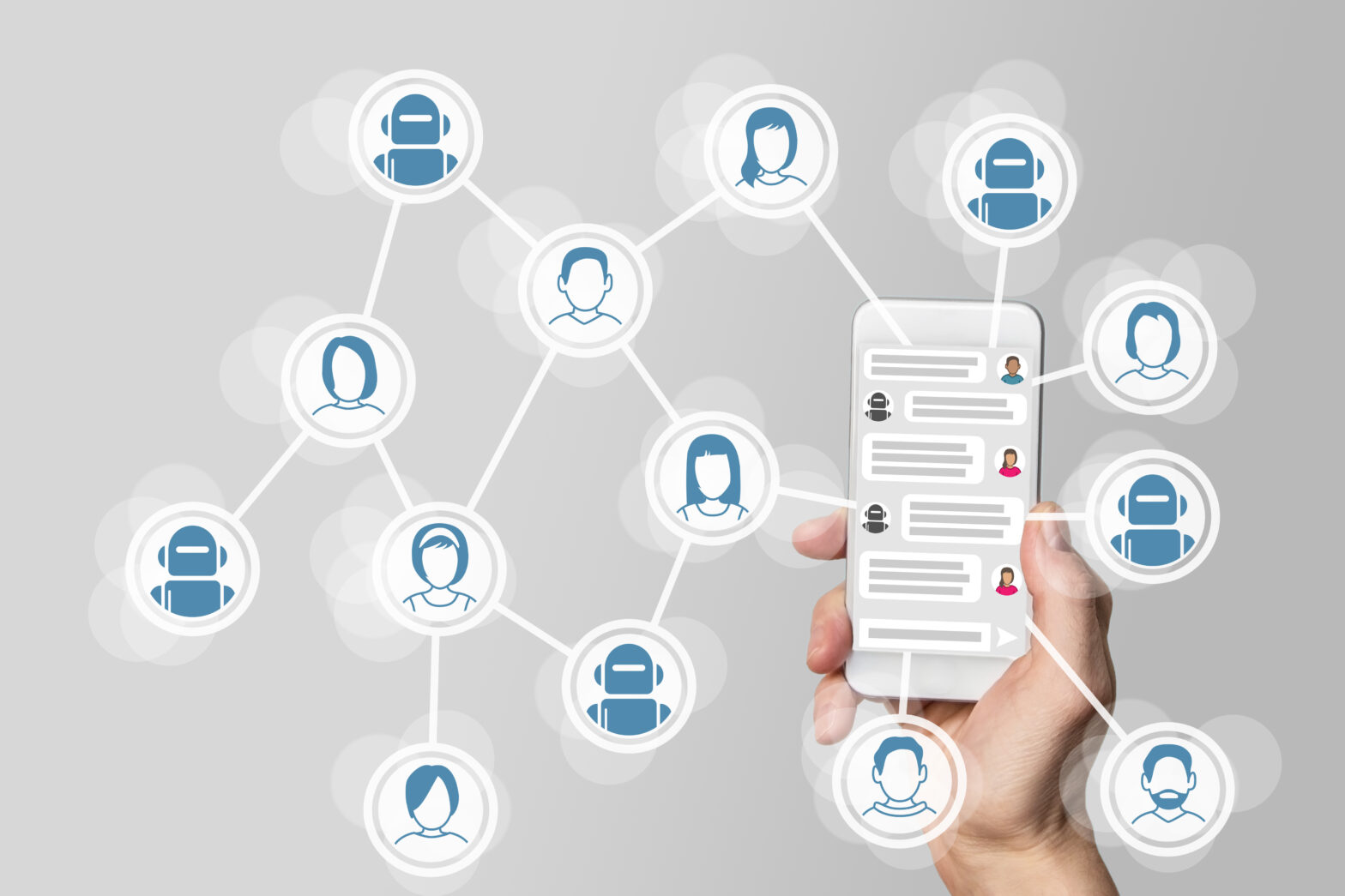In 2016, Facebook started to invest heavily in chatbots. Mark Zuckerberg justified the strategy in his speech at the F8 Facebook’s developer conference saying: “I don’t know anyone who likes calling a business. And no one wants to have to install a new app for every business or service that they interact with. We think you should be able to message a business in the same way you would message a friend.”
2017 is expected to be the fully fledged year of the chatbot as people become accustomed to having two-way conversations with brands. The consumer cultural shift from ‘social networking’ to ‘social messaging’, along with the demand for personal interaction, means brands are increasingly seeing the need to adopt a conversational and ‘always-on’ approach to brand management.
>See also: Chatbots have started a paradigm shift in customer service technology
The momentum has already start building. Dominos now lets you order pizza through a bot and there are hundreds of custom Slack bots to integrate into Slack channels. Individuals no longer want to search for an answer; they want the information to be available on demand and hassle-free.
However, what are the ingredients to getting this right? What should brands be thinking about if they choose to create and implement a chatbot?
New consumer demands: consistency and convenience
The conditions are ripe for chatbots. Businesses are witnessing a perfect storm where technology can match or exceed consumers’ expectations of how brands should interact with them.
People now live in an age where convenience wins and the ability to solve problems quickly and efficiently is a competitive advantage for businesses.
As consumers become more demanding, the use of artificial intelligence (AI) is the most cost effective way for brands to scale up personalised communications. As such, we have seen a rapid growth in the demand for bespoke chatbots.
Moreover, as time goes on, we will undoubtedly see brands create, borrow or purchase recognisable personas that will guide consumers through an entire customer journey. AI and messaging services allow brands to both improve and maintain their communication consistency.
However, for a chatbot to perform in a human enough way to engage a consumer, it is vital it has sufficient data to feed into it, which in turn increases accuracy. Brand managers must understand and react to this data to get chatbots right.
The best chatbots delight
To succeed, chatbots must make customer experience efficient and reliable, but the best chatbots also delight users. They will not only deliver the great customer service needed, but offer an experience that can’t be delivered by any other means of digital contact.
A brand persona can be brought to life through a chatbot, and this imagination can make customers smile and help increase brand recall. For the first time, brands can have a distinct voice online and mobile.
It’s important for brands to think about their brand vocabulary, linguistic personality and persona before embarking on a chatbot project, to make sure the tone of conversation and personalisation is right for their audience. Get this right and chatbots may just offer whole new business opportunities.
>See also: Chatbots are cool, but will they replace humans?
Chatbots work across industries. From a publisher’s point of view, chatbots are a new channel of communication. For retailers, they are a new channel for commerce.
There is the chance to innovate in the customer-brand relationship and to provide the tools needed to reach consumers on platforms they already use. This means the experience is simply convenient for the customer and they don’t have to change their behaviour.
Chatbots enhance the customer experience provided by humans
A fear that’s often cited when talking about AI and new technology is that it will displace humans. At this moment in time, chatbot technology just isn’t advanced enough to deliver the type of conversational expertise a human can.
One could argue that human expertise is not actually what people are looking for when they interact with a chatbot.
For example, you don’t expect Alexa on Amazon Echo to have a long, involved conversation with you to discuss the merits of a brand or the complexities of a product. You simply want it to deliver the information you need at that time, such as telling you a store’s opening times or the weather forecast for the day.
Chatbots don’t need to replace the individual nature that human customer service provides, they just need to be efficient and deliver the outcome the customer needs.
>See also: Beyond chatbots: how AI will help fight cybercrime in the IoT
In this sense, AI diagnoses the problem people have and then points them in the direction they need. It’s built on the Pareto principle; if responses to 80 percent of inbound questions a brand receives can be automated, you can remove this burden and create a higher quality output for the more complex enquiries.
The irony is that despite being robots, chatbots make customer experience much more personal. They service consumers via the platforms they already use every day and enable brands to improve the customer experience.
It’s a double-win for brands as they will gain additional resources to train their team on more complex queries that cannot, and should not, be automated.
Sourced by Dean Withey, CEO at ubisend







